The desire to have lush gardens in our backyard is unfortunately nothing but a pipe dream if you happen to reside in Dhaka's concrete jungle. With the very little living space most of us have in apartments, it is truly a luxury to even have a corner for planters, let alone an entire space dedicated to greenery. Thinking outside the box will grant you the wisdom of abandoning all hopes for horizontal space, and instead, capitalising on the vertical real estate instead.
Having greenery arranged vertically, otherwise known as vertical gardens, is what people have turned to for their lack of space, and this aesthetic form of planting is almost better than art. The sky is literally the limit when it comes to creating a vertical garden; which is why it is so important to not get carried away, but to sit down and plan it out first. Before you pick up those tools and start clearing your walls, take some time to decide how you want your garden to be. More importantly, consider points like where exactly you want it, and how it will survive.
Pallet Walls
One of the simplest ways to set up a garden along a wall, these use plain wooden pallets, and set up similar to a book shelf, except the front side is boxed instead of being open so the soil has a place to sit in. Initially, this will not look too special, but once the plants have grown out enough, it will start to cover the front, giving it the impression of a green wall. These pallets can be set up in patterns or consecutively to fill an entire wall.
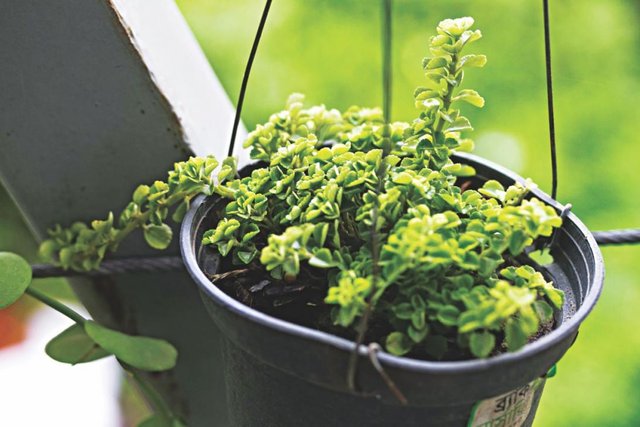
Corner Charms
For most of us, corners are more of a bother than a pleasure because all they seem to do is collect dust, but having some greens all through will not only prevent that, but add to the whole ambience as well. Triangular racks work just fine for this purpose, and if they are made of grills, that's even better. Have creeper plants potted in some of the racks, and let them loose. Once they have gone through every grill and rod and climbed all the way up, it will look nothing short of a magical corner.
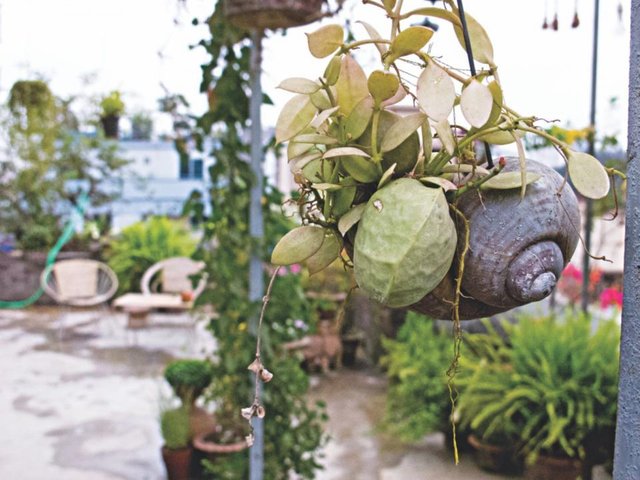
Herbal Goodness
Although the hanging gardens of Babylon were not actually hanging, these herb gardens in your home sure will be. The kitchens in most homes are too small for commodities, let alone a personal corner for greens. However, that should not sway us from our goal of eating fresh herbs right out of a pot. One can attach multiple small planters on chains and hang them side by side vertically against a wall. Or to maximise space even more, hang a series of heavy metal rods and attach a number of pots to each. Herbs do not require a lot of soil, so small pots work great and let you increase the type of herbs you want to grow. Plant your favourite herbs and have your own little wilderness in the kitchen.
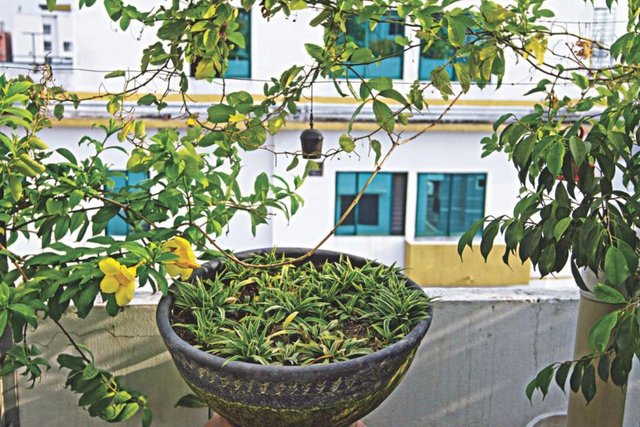
Served in Trays
This type of vertical garden requires a little more work because the soil itself is almost vertically set. These trays are thick, and have compartments or cells that are slightly angled and have holes in the bottom for drainage. It is wise to use plants here that have shallow roots, like succulents. If you wish to have other perennials, the tray will have to be thicker.
Trellis Walls
This is a great project for wide empty wall spaces. Triangular trellis panels have this gravity towards them that looks absolutely amazing. Attach hooks on each intersection. Some people like to hang cloth or leather pouches that hold planters, while others like to use planters directly on hooks. Let your imagination go wild.

Room Dividers
Since we are going vertical, why not make a room divider out of it while we are at it, because there are large open spaces that need semi-separation, but something too solid like a wall would make it too claustrophobic. A large frame with wire netting serves as a perfect separation that is just airy and light enough. Hang on terracotta, plastic or metal pots of choice in any pattern onto the netting and let those plants thrive. Make sure the netting is very firmly fixed so it does not break or tear with the weight of planters and pots. This will look no less than an architectural art in the middle of a plain space.
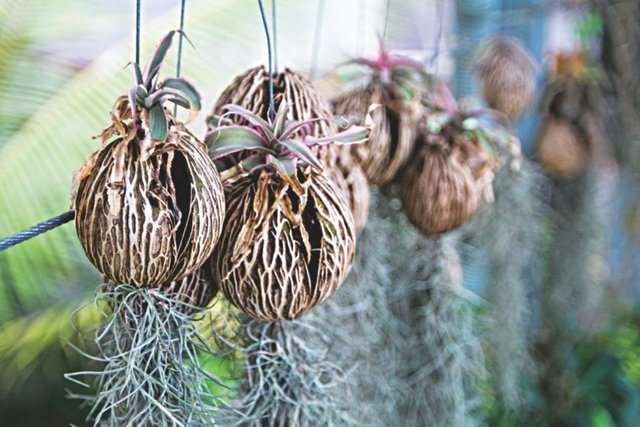
Petite Pocket Garden
There are about a hundred ways to achieve a pocket garden. While some go up to 30 feet, some are small enough for our door. One of the easiest ways to achieve this is to use a good old shoe hanger, and make sure it is a strong and sturdy one and has good drainage. If it does not, poke some holes in the bottom of each pouch. Hang it using a rod or hooks, and fill it in using moisture retaining soil, and plant in your seeds. Have a collector in the bottom to collect water, and a barrier from the wall, otherwise the water will create moulds in the back. This is a super easy and fun project to do, especially with kids.
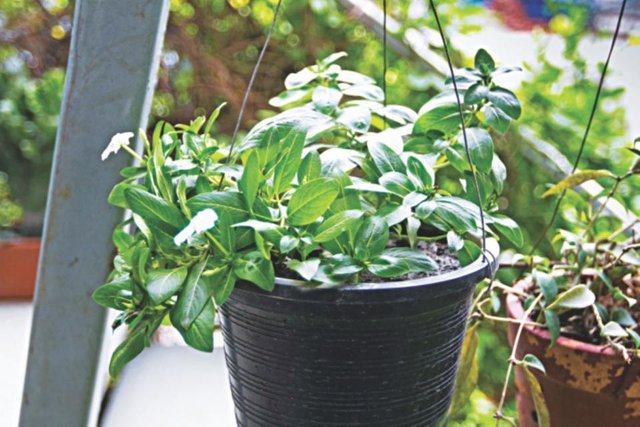
Up-cycled dresser
This is perfect if you happen to have an old dresser lying around. Arrange the drawers in a descending manner, where the bottom drawer is fully open, the next a little less and so on, while the top is least open. Throw in your soil and seeds and let those greens grace your space like a lush green waterfall.
Look Out
Because this is a garden, lighting and watering play the two most important roles. If your indoor garden does not get a lot of light, take it out every once in a while to bathe it in sunlight. If possible, attach wheels on the bottom, and if it is one that is permanently fixed, make sure it has direct sunlight before building it.
Watering is crucial for these because containers dry out faster than garden beds. Some people work with sprinklers, others with a set irrigation system, but these are mostly for fixed designs for which an architect or interior designer will be able to help.
An urban life calls for small spaces, but utilising those dull corners and cement walls in clever ways is what makes these small apartments bearable. These versatile gardens not only function as a piece of art, but also keep the air circulating and brighten the entire atmosphere. Although these are solutions to inside gardening, it can surely be taken outside as well to maximise greenery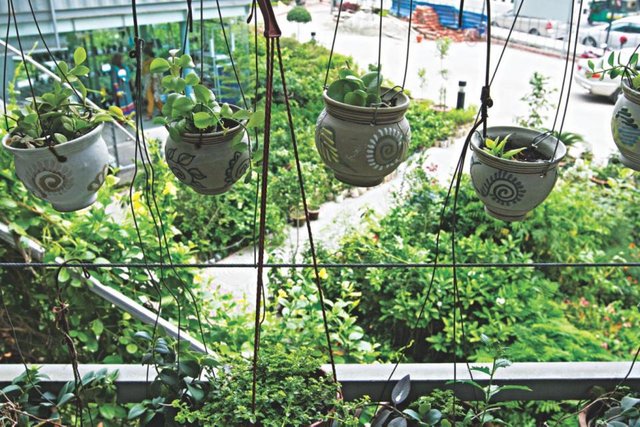 .
.
Expert opinion
Karman Nanda is a past research associate at Bengal Institute and specialises in aeroponic engineering. His opinions, tips and experiences on Vertical Gardening will surely be of help to anyone looking to start their own little garden.
“Vertical gardens need special kinds of pots that keep the soil intact while simultaneously getting irrigated with the least amount of water and there are a few ways of doing that. If your vertical garden is based on a hydroponic setup, then there is no soil required at all, or no constant watering, as the background setup controls the growth and process. If it is indoor, I would suggest using a hydroponic or aeroponic setup because the maintenance is easy, and all the processes happen within the system.
Dhaka's air is really dusty and polluted, so sometimes the dust staying on these plants, stops the process of photosynthesis, and restricts the growth of the plant. To avoid that a mist sprinkler could be used.
If the pots are not able to hold the soil, we have to use other methods and technologies to fix that. Maintenance of the garden also needs a professional help, as the average gardener will not be able to do that unless he is educated to do that. Also, the placement of the vertical garden in a space is important, and depending on that, one has to decide on the plants, as some plants like sun, some do not, some like rain and some do not.
I think an architect or designer can design the setup, but you need a professional who can supply ingredients to maintain it and run it, otherwise it becomes too difficult for the client. A vertical garden can be simpler to understand and set up, but the client will have to take personal interest in maintaining it. For example, in a hydroponic setup, you need NPK nutrients, but they have to be given in different quantities every now and then and the common man does not have this knowledge.”
Old ladders work great for small verandas and are much less work. Secure them to a wall and stack them up with your favourite plants to save space
Photo: LS Archive/Sazzad Ibne Sayed
Congratulations!
This post has been upvoted from Steemit Bangladesh, @steemitbd. It's the first steemit community project run by Bangladeshi steemians to empower youths from Bangladesh through STEEM blockchain. If you are from Bangladesh and looking for community support, Join Steemit Bangladesh Discord Server.
If you would like to delegate to the Steemit Bangladesh, you can do so by clicking on the following links:
50 SP, 100 SP, 250 SP, 500 SP, 1000 SP.
YOU ARE INVITED TO JOIN THE SERVER!
Downvoting a post can decrease pending rewards and make it less visible. Common reasons:
Submit
Thanks @SteemitBD for upvoting my post
Downvoting a post can decrease pending rewards and make it less visible. Common reasons:
Submit